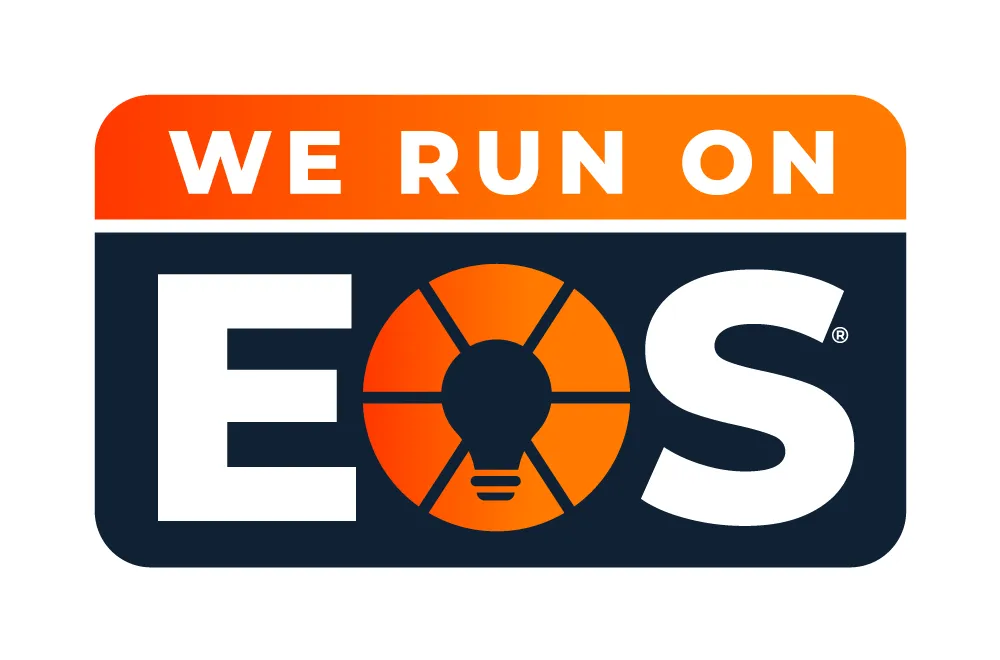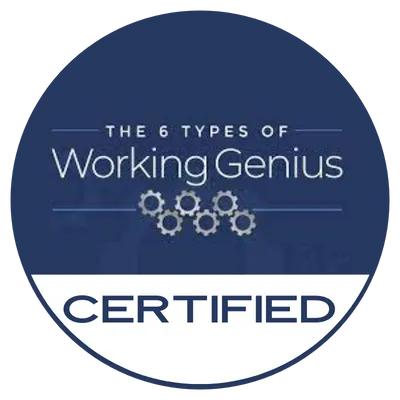
Innovate or Stagnate: The Critical Path for Midmarket Value Growth
Startup companies innovate—or they die. Fortune 500 companies have entire innovation teams. In between startups and enterprise companies, there is an innovation desert.
Sadly, most established midmarket companies are so focused on growth and execution that they neglect innovation. Without innovation, midmarket companies miss out on opportunities to grow. They unintentionally put the company at risk of disruption. In the context of exit planning, neglecting innovation reduces the potential for a premium valuation.
Midmarket companies struggle to innovate for several reasons. First, they never made the shift from having an innovative founder to becoming an innovative company. Jim Collins identified this challenge in his book, Beyond Entrepreneurship 2.0. Midmarket companies need to develop a culture of innovation.
The second reason midmarket companies struggle to innovate is that they don’t have a vision for what innovation could look like in the midmarket. When thinking about innovation, they picture the startup team huddled in the corner of a coffee shop hacking out a new software package. Or, they see Elon Musk with literal moonshots aiming to revolutionize outer space. While new ideas for software and space travel are helpful to society, this type of innovation could be a massive distraction for midmarket companies.
What Midmarket Innovation Looks Like
Fortunately, there is a practical type of innovation that midmarket companies can capitalize on with relatively small expenses and rapid returns. Midmarket innovation is strategic, centered on Ideal Customers, and practical.
1. Strategic
Midmarket companies may not have the research and development budget of a Fortune 500 company. However, they do have the ability to identify and capitalize on strategic opportunities. In Good to Great, Jim Collins shares the hedgehog concept. He advises companies to continually work to identify the intersection of what they are passionate about, what they can be the best in the world at, and what drives their economic engine. With an understanding of this sweet spot, midmarket companies can focus innovation on ideas that will advance the business strategy.
Strategic Innovation helps a company avoid being a "me too" in their marketplace. Instead, it creates the potential to differentiate in a way that capitalizes on the company's unique advantage.
2. Centered on Ideal Customers
Midmarket innovation focuses on the ever-shifting needs of a company’s Ideal Customers. In my book, Revenue Growth Engine,[i] an Ideal Customer is defined as a customer that aligns with your company’s vision, values what you do, an needs everything you currently offer (or could offer in the future). This type of customer has a high potential value combined with a high likelihood of loyalty.
When management teams add up the 10-year potential revenue from these Ideal Customers they quickly realize these customers are worth 10X, 20X, or more than their average customer.
Midmarket companies are a perfect fit for this because they are close to the customer. Startups don’t have any customers. Enterprise companies are holed up in corporate towers distant from their customers. A midmarket company has feet on the street. The team interacts with customers regularly. Therefore midmarket companies are uniquely positioned to see and adapt to opportunities as they arise.
Customer-Centered Innovation has a much higher chance of resonating with current and potential customers. This drives both net-new and cross-sell revenue, helping bend the growth curve toward higher revenue, profit, and valuation.
3. Practical
When innovation teams consider Ideal Customers, it focuses their attention on practical things that can be done to add more value to these customers. Midmarket company innovation needs to be practical. The goal is not to create a self-driving hovercraft. The goal is to create more value for the Ideal Customer. Practical innovations deliver quick wins that accelerate revenue, increase profit, and drive higher valuation.
Practical Innovation ensures that the ideas that get developed solve real problems in a way that advance the company's strategy and serve ideal clients.
Areas of Midmarket Innovation
With the goal of innovation being strategic, centered on Ideal Customers, and practical, midmarket companies can innovate in four areas:
1. Products and Services
What other products and services could be offered to add more value to ideal clients? How could current products and services be enhanced to help Ideal Customers get the outcomes they desire? Midmarket companies may not create new products from the ground up like a startup company or enterprise innovation team. They can enhance their product offerings based on customer needs. More importantly, midmarket companies can enhance the services they provide around the products they sell creating competitive advantage and new revenue streams.
2. Go-to-Market Strategies
How are we going to market? Where are we selling? Who else could we sell to? Midmarket companies can easily pilot new go-to-market strategies. To land net-new customers they can experiment with bundling products and services. They can try creative terms or financing. To harvest the low-hanging fruit of cross-selling more to current customers they can innovate new ways to promote and integrate add-on services.
3. Customer Experience
How can we create a better customer experience? Joseph Pine and James Gilmore proved that we live in an Experience Economy.[ii]They demonstrate how companies create value by intentionally enhancing customer experiences. Midmarket companies can create value by enhancing customer experiences in a way that drive transformation for their Ideal Customers.
4. Internal Processes
How could we do this better? Not only are midmarket innovation teams close to the customer, they are also close to the operations. They see the bottlenecks and redundancies inside current processes. Improving current processes can reduce the cost of goods sold or overhead expenses, increasing profitability and thus valuation. While the operations team is likely working to document internal processes, the innovation team can bring their gift of seeing a better way.
Low Cost, High Impact
Midmarket innovations that are strategic, centered on Ideal Customers, and practical do not require massive budgets. This is critical since companies that are preparing to exit often want to avoid making large investments.
To get more ideas on how your midmarket company could innovate, grab a copy of The Visionary's Guide To Strategic Innovation.
FREE BUSINESS VALUATION
Large Call to Action What is Your Business Worth?
You can Discover the Value of Your Business in Less than 20 Minutes!
Join 70,000 business owners and get your score on the 8 Factors That Drive Your Company’s Value, a comprehensive analysis of your score and a detailed action plan for how to improve your score on each.

DISCOVER HOW YOUR COMPANY CAN UNLEASH STRATEGIC INNOVATION
Attract, engage, and retain top talent
Integrate new technologies like AI
Build competitive advantage
Create profitable growth
"Wow! This is incredibly powerful! My integrator needs to see this right away.
Chris C.
Visionary and CEO
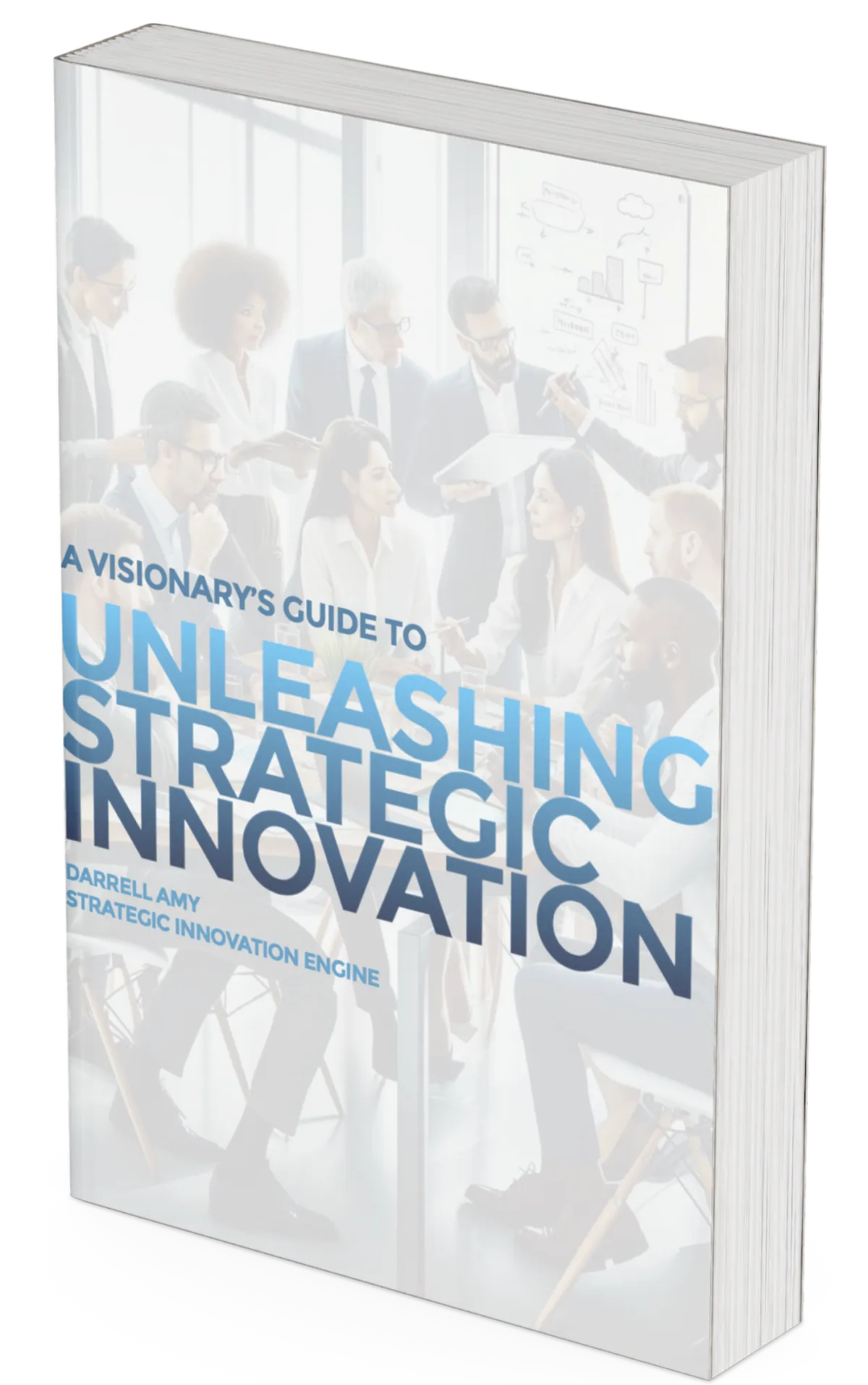
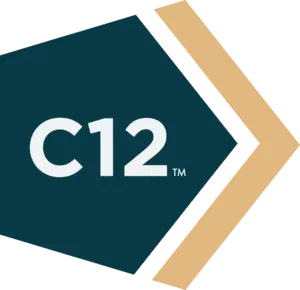
We run our business on EOS
We run our business on EOS
